He who has control over time, has control over agendas. Therefore, it is not surprising that the greatest revolutions in history always sought an opportunity to change or replace the calendar in use: the leaders of the French revolution replaced the Gregorian calendar with a new one, in which each month had three weeks, ten days each. The Bolsheviks in the Russian revolutions made a similar attempt and formed a special calendar for workers, which had five days, each called after a color: yellow, pink, red, purple and green.
Well, that didn’t help them much. In 1806 Napoleon canceled the revolutionary calendar, which wasn’t in use anyway, while the leaders of the Soviet regime only needed one year to realize the workers’ calendar was not working for no one, and went back to use the traditional Gregorian system. The reason they failed, was that replacing the calendar was not based on solid cultural foundations, but rather an aggressive act of change for the cause of change itself.
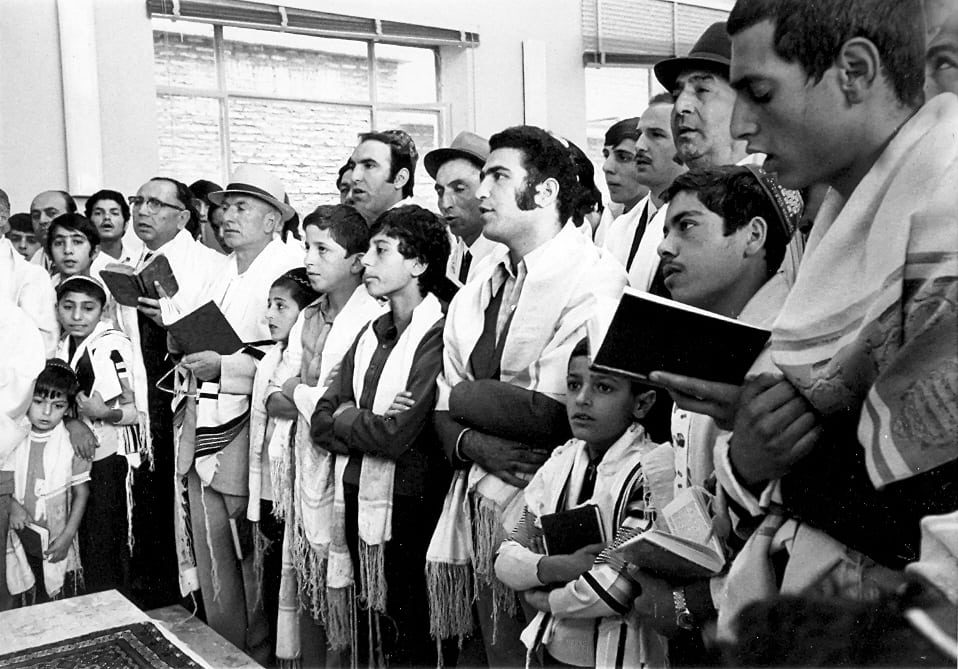
However, one case of calendar transition, based on a profound conflict over the meaning of time and its relation to man, was very successful. This is the story of the dramatic passionate conflict between the Sadducees and the Pharisees, the two central Jewish sections in the second temple period. They had differences of opinions as to “who controls time? Man or God?”
The detailed affair is presented by Rache Elior in her fascinating book “Memory and Oblivion: The Mystery of the Dead Sea Scrolls”.
Around 187 b.c., Antiochus IV became king of the Seleucid empire, that ruled over the Land of Israel. We all remember him as the villain in the story of Hanukkah – a persecutor who tried to force the Jews to convert to Hellenism, until the Maccabean Revolt. But what is less known is that within his efforts to re-educate the Jews, Antiochus demanded that the great priest, Onias III, replaced the Hebrew solar calendar and use the Babylonian lunar calendar, instead.
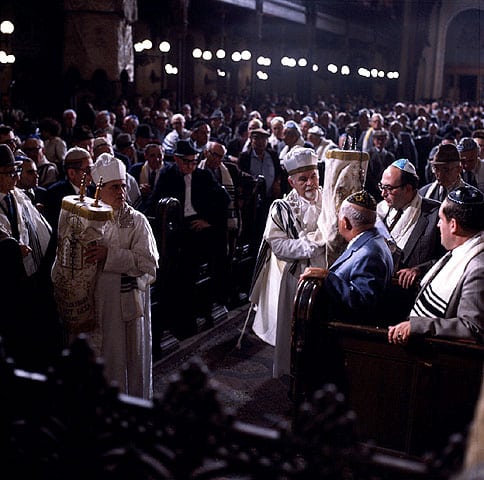
Onias, who was descendant of the Sadducee priestly dynasty, successors of the house of King David, and great priests for 9 centuries – firmly refused. The Sadducee calendar was derived from the biblical one, the solar calendar according to which the first month of the year was Nisan: “This month is to be for you the first month, the first month of your year” (Exodus 12:2).
According to the Sadducee faith, as written in the book of Enoch, Enoch son of Jered, seventh generation from Adam, brought down from heaven the solar holy calendar given to him from the mouth of the angels. That calendar consisted of 364 days, in 4 quarters, each 91 days and 13 weeks long, a total of 52 weeks per year. The unit “week”, is an original Jewish concept. In the Sadducee calendar the dates of the Jewish holidays never changed. Sacred days, pilgrimage festivals, Shmita dates, tax collecting times, and fiftieth year jubilee – were all marked regularly and accurately. In order to preserve these times there were 24 hours’ priests shifts in the temple, of 24 senior priestly families that changed weekly. Each family served for two weeks in the temple, which added up to 48 weeks, and fours families served for another week.
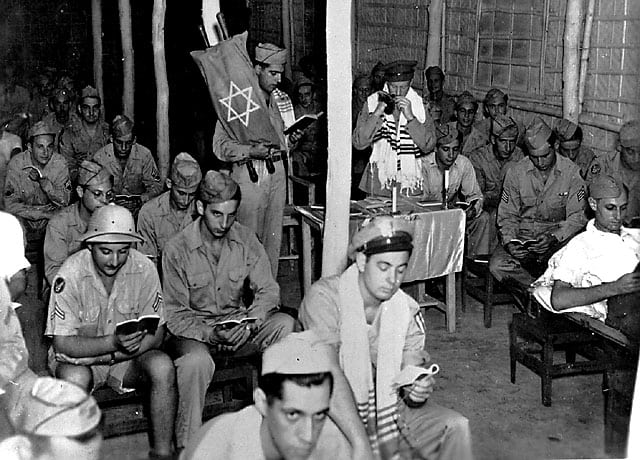
The reason the Saducee priests hanged on to the regular solar system did not derive from punctuality or a mere dislike of changes. It was a deep belief that time does not belong to man. The origin of the word temple is from the Latin word “temp”, which means time. The temple was the house of God as well as the dwelling of time – the Greenwich of ancient times. This reflects a deterministic world view, according to which man does not control time, and man interfering in determining and regulating time – defies the sovereignty of God.
And yet at some point the Jews abandoned the solar calendar and adopted the lunar one. And also implied a dramatic change in the biblical order of the months, making Nisan the seventh month, and Tishrei – the first. The Mishna sages, the Pharisees, who after the destruction of the second temple became the religious authority in the Land of Israel, were responsible for this shift, after the tragic destruction and exile. The priests lost their power, no longer did they mediate between God and the people, and the new elite were the sages of the Mishna – Chazal.
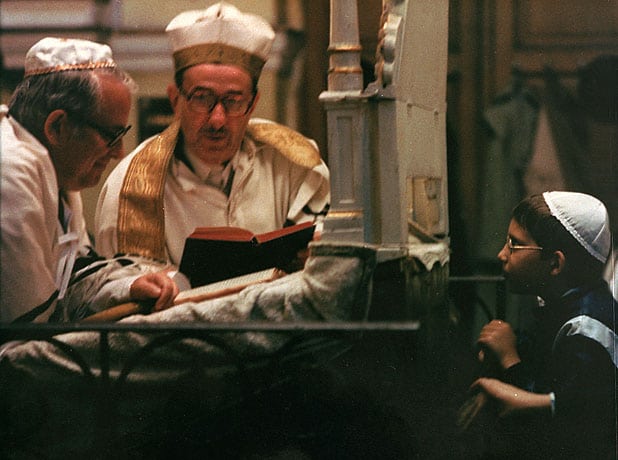
The sages established a new religious alternative center in Yavne. They realized that in order to preserve the Jewish treasures that had to perform a radical spiritual and conceptual revolution – from the temple to the Beth Midrash. That also included invading into the divine territory of time. In order to strengthen their Halachic authority – unlike the priests – they adopted the lunar Babylonian calendar, according to which the new year starts with the month of Tishrei, which means “beginning” in Babylonian. This change was not only a demonstration of authority, but also reflected a subversive humanistic agenda. After the destruction, conceived as a divine back turning, the sages announced that the religious authority was handed from God to man. Each month, envoys were sent to watch the new moon and to determine the beginning of the month. Thus, the ownership on time was expropriated from God and delivered to man – and that is why the Hebrew calendar has survived for so many centuries.
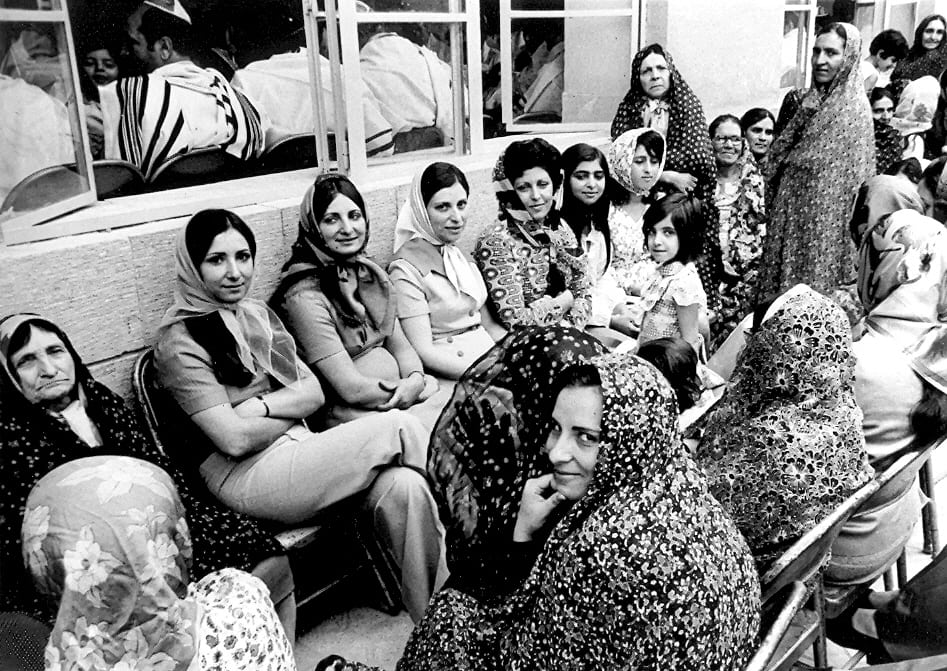
Ironically, in the secular independent State of Israel, we celebrate the holy days according to the Hebrew, lunar calendar, representing Man’s control over time, while we mark the secular time using the solar, Gregorian calendar, representing Godly time.
SHANA TOVA!